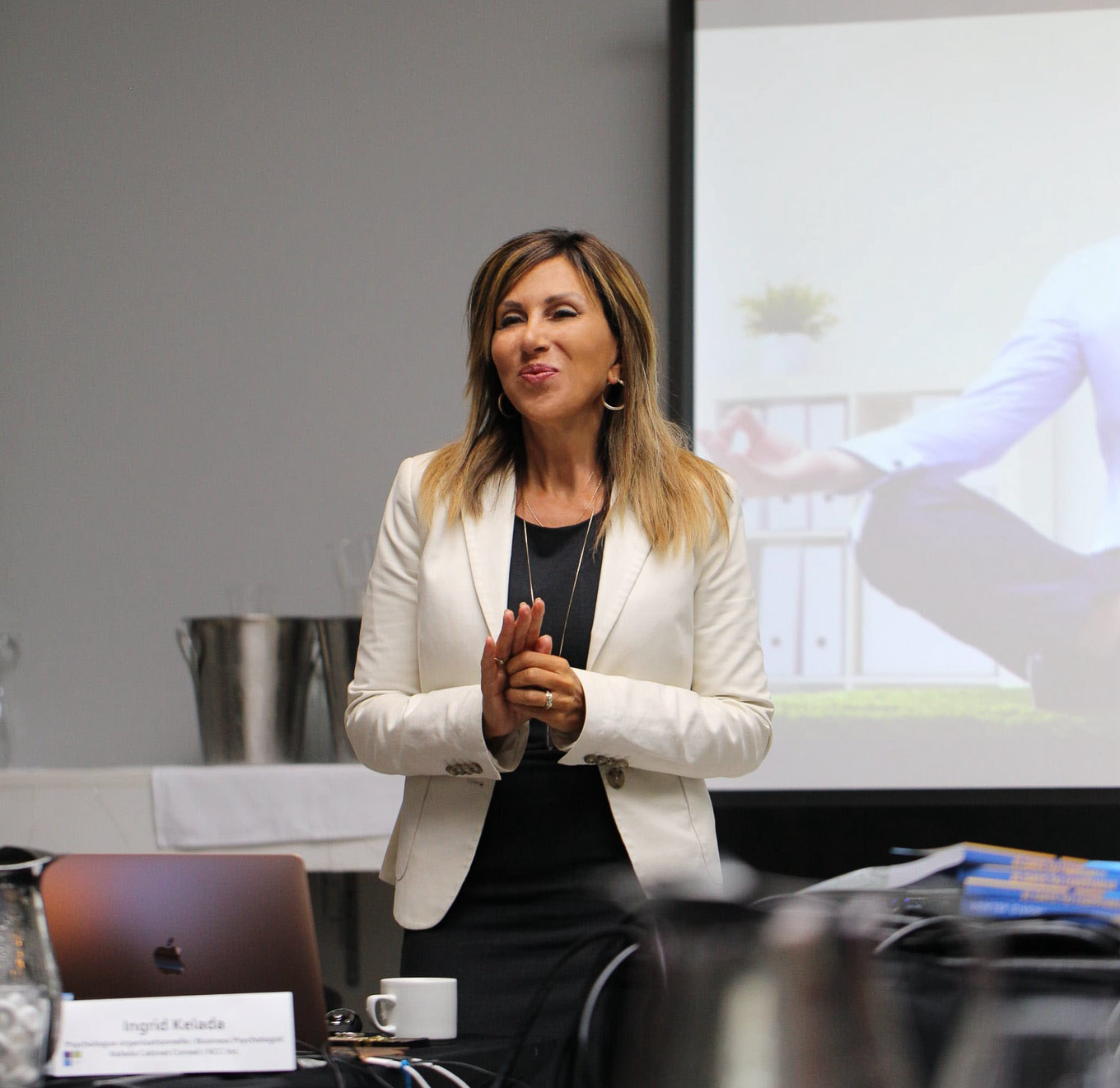5 Tips for Successful Coaching
Coaching is one of the most effective methods for leaders to use for performance improvement and for employee engagement. Not only does it help the individual develop and grow, but it shows that we are willing to invest in them and that we believe in their potential.
Effective coaching leads to employees who are more proficient, work more independently, produce higher quality work and are more motivated. Successful coaching also increases the performance and ability of the team as a whole. Here are 5 great tips on coaching for success.
1. Give Team Members a Chance to Self-Assess First.
Before offering your own insights, always give team members a chance to self-assess. Encouraging self-assessment assists in several ways. First, it encourages improvement even when you are not coaching. It also allows you to determine why the employee may not be performing as desired. For example, it may reveal that they don’t know they’re doing something incorrectly.
Self-assessments also help team members build self-esteem. It reinforces the idea that you, as their manager or leader are listening to them, value their views, and consider them an important part of your team. It also increases the chance that problem behaviors will change.
If an employee is not identifying areas that you identified (or has identified them incorrectly), use increasingly specific questions to allow the employee to self-assess, if possible. This allows you to determine if the employee doesn’t know what’s expected, doesn’t have the skill, or simply chooses not to demonstrate the skill.
Before moving on to other parts of your coaching session, be sure to reinforce the correct self-assessment. Defer or redirect inappropriate or incorrect self-assessment.
2. Next, Use Assessment Tools.
There are different types of assessment tools that you can use to get even more information on the person. Their talent zones, development opportunities, blind spots and hidden potential. You can use psychometric questionnaires, potential assessments or 360° feedback tools. When you use an assessment tool on top of the self-assessment and your own observations, it adds objectivity and more in-detail information to help identify the focus and next steps. At KCC assessments are one of our specialties, we call these “x-rays”.
3. Limit the Focus.
In coaching sessions, it’s best to focus on approximately two strengths that can be leveraged and about two areas for development. Limiting the discussion is critically important for several reasons.
First, focusing on just two areas for development helps ensure that the team member reaches proficiency. Adopting new procedures or breaking incorrect patterns is a challenging process. Adding too many changes to a team member’s to-do list all at once is likely to cause more frustration and confusion than success.
It’s better to start with the two most important areas for improvement and focus on them to build that success and confidence. Once those areas have improved, there’s a positive track record showing improvement which will energize your team member and encourage them to continue increasing their proficiency. Once that progress has been made, you can introduce two new areas of improvement.
4. Start and End with Positive Comments.
The way you open the conversation sets the tone for what will follow. Beginning with positives first is motivational and helps put team members in a great frame of mind. It reinforces the good behaviors we want team members to continue or increase, and it helps ease into the coaching session. It also helps builds self-esteem. Let people know what positive changes you have noticed and congratulate them for their effort.
When we’re in a positive frame of mind, we’re all more open to change. During the coaching session having a concrete discussion about the areas for development with specific real-life examples ensures that team members are focusing on those areas. End the meeting letting them know that you believe in them and that you are available if they need any support.
5. Coaching isn’t a substitute for correction.
Coaching should not be used as a softer, gentler version of corrective action; if a performance problem occurs, take some time for problem-solving. Leaving problems unaddressed or addressed poorly can impact other team members negatively. It’s hard to continue to do your best work when another team member receives the same reward or praise for mediocre work. Make sure to address performance concerns through other methods besides coaching.
Add the Power of Effective Coaching to Your Leadership Skillset or Let Us Help.
Are you getting excited about the power that great coaching can bring to your team? At KCC, we have a whole training session focused on how to be a highly effective coach for your team to improve their proficiency and ability to work independently. Coaching our team is a win for everyone…it helps people contribute better and is rewarding and motivating. We often coach intuitively, the way like to be coached, but there are different learning styles and expectations. This workshop gives you tools and methods to adapt your coaching approach with minimal effort and maximum results.
Check out our training on Principles of Effective Coaching and get best practices and tips to boost your team’s effectiveness and success.
If you prefer, we can coach you or your employees. We have a team of ICF certified coaches ready to help. You can book a free exploration call here for more information.
Ingrid Kelada and the KCC Team
Owner of KCC Positive Business Psychology & Happiness Expert





